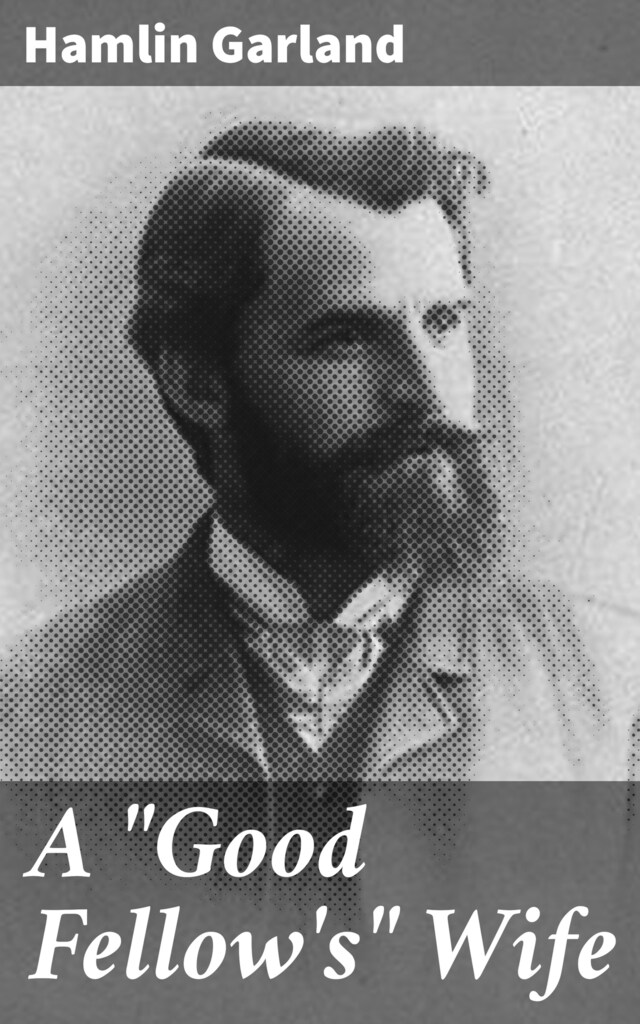
A "Good Fellow's" Wife
Love, Duty, and Societal Expectations in Late 19th Century America
Description of book
Hamlin Garland's novel, A 'Good Fellow's' Wife, delves into the complexities of marriage and societal expectations in the late 19th century. Set against the backdrop of rural America, the book explores themes of duty, fidelity, and personal fulfillment. Garland's direct and realistic writing style reflects the literary context of American naturalism, with a focus on portraying characters and settings with unflinching honesty. The novel also addresses issues of gender roles and the limitations placed on women during this time period. Garland's meticulous attention to detail allows the reader to vividly imagine the landscapes and relationships he describes, creating a compelling and immersive reading experience. Hamlin Garland, a prominent literary figure of the late 19th and early 20th centuries, drew inspiration from his own Midwestern upbringing and experiences. His commitment to portraying the realities of American life, particularly in rural settings, is evident in his body of work. This personal connection to his subject matter undoubtedly influenced his creation of A 'Good Fellow's' Wife. Recommended for readers interested in American naturalism and the portrayal of marriage in literature, A 'Good Fellow's' Wife offers a compelling exploration of love, duty, and societal expectations.
 Hamlin Garland
Hamlin Garland 43 Pages
43 Pages